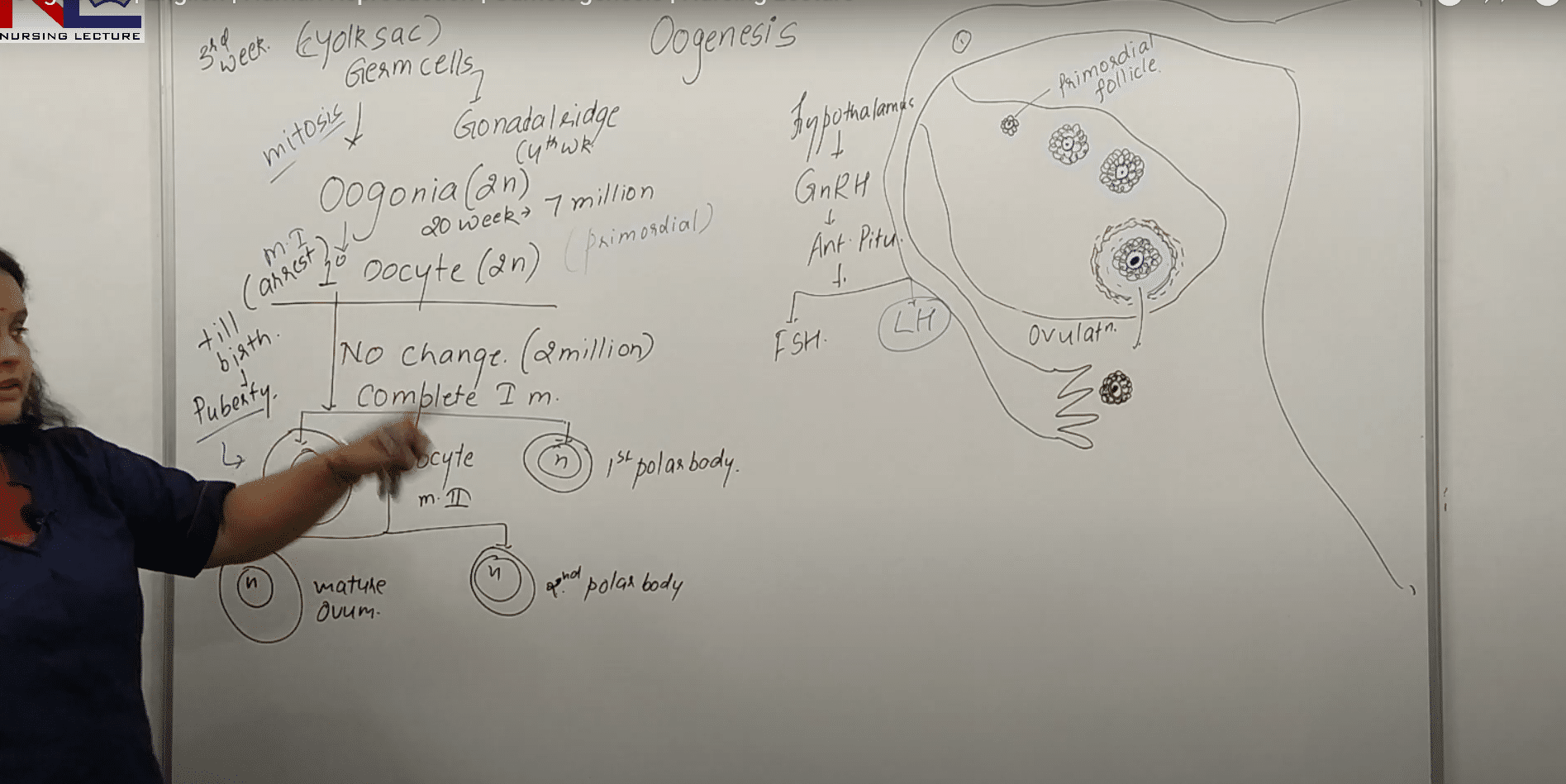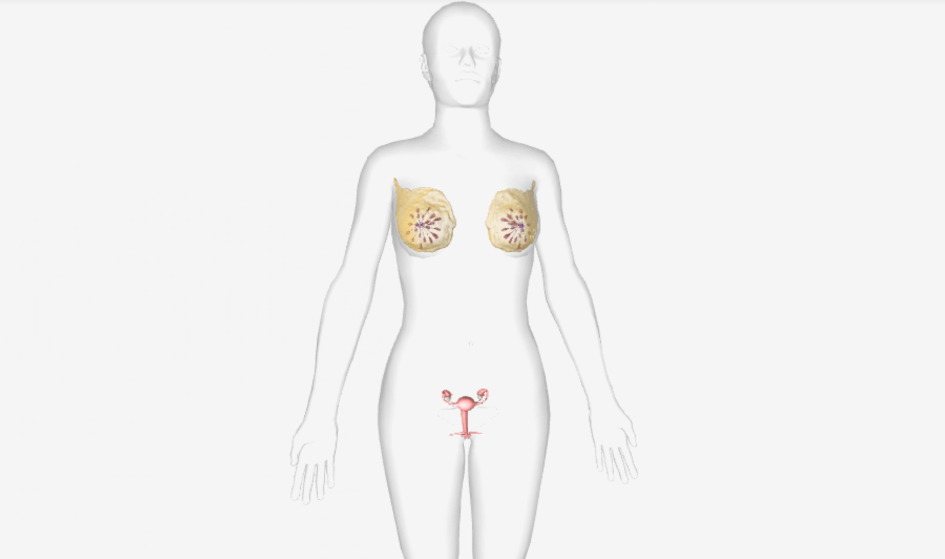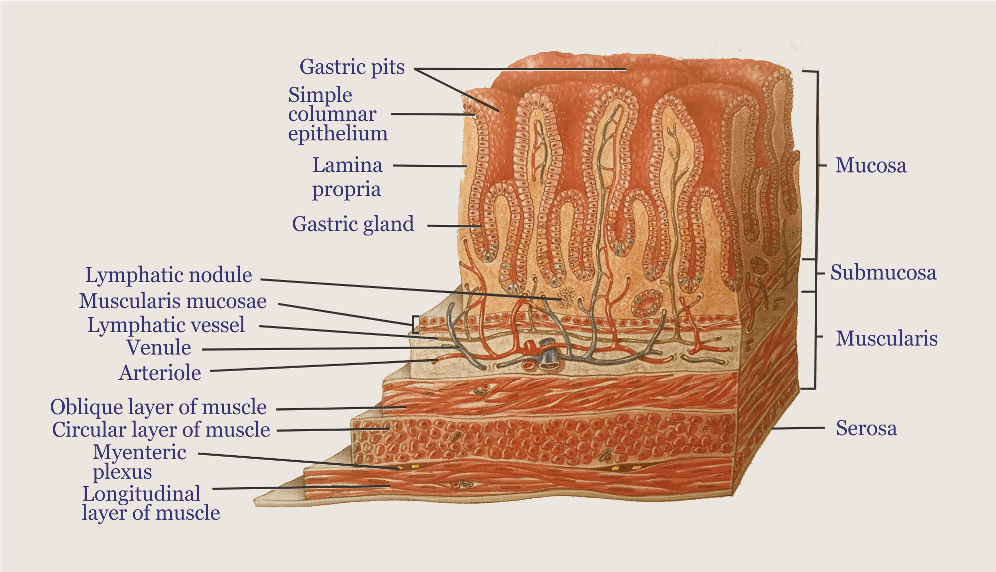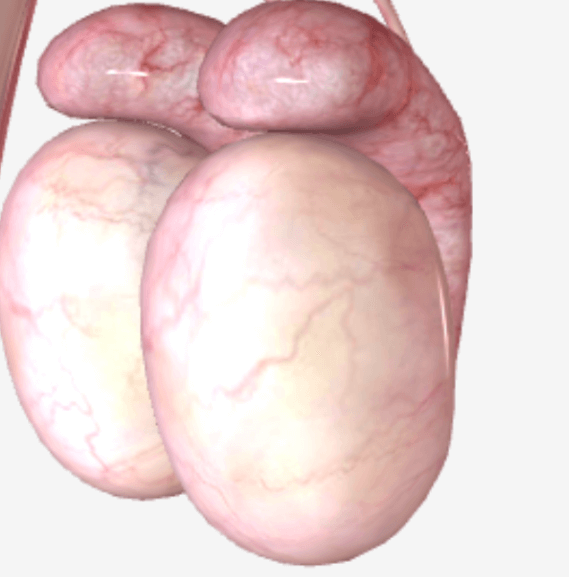Oogenesis and Follicular Development

The formation of gametes in the ovaries is termed oogenesis.
- During fetal development, primordial germ cells migrate from the yolk sac to the ovaries. There, germ cells differentiate into oogonia. Oogonia are diploid (2n) cells that divide mitotically to produce millions of germ cells. A few develop into larger cells called primary oocytes that enter prophase of meiosis I during fetal development but do not complete that phase until after puberty, each primary oocyte is surrounded by a single layer of flat follicular cells, and the entire structure is called a primordial follicle.
- The ovarian cortex surrounding the primordial follicles consists of collagen fibers and fibroblast-like stromal cells. At birth 200,000 to 2,000,000 primary oocytes remain in each ovary. Only 400 will mature and ovulate during a woman’s reproductive lifetime. The remaining of the primary oocytes undergo atresia.
- Each month after puberty until menopause, gonadotropins (FSH and LH) secreted by the anterior pituitary further stimulate the development of several primordial follicles, only one will reach maturity for ovulation.
- A few primordial follicles start to grow, developing into primary follicles. Each primary follicle consists of a primary oocyte that is surrounded by several layers of cells called granulosa cells. The outermost granulosa cells rest on a basement membrane. As the primary follicle grows, it forms a clear glycoprotein layer called the zona pellucida between the primary oocyte and the granulosa cells. Stromal cells surrounding the basement membrane begin to form a layer called the theca folliculi. With continuing maturation, a primary follicle develops into a secondary follicle.
- In a secondary follicle, the theca differentiates into two layers-the theca interna, an internal layer of secretory cells that secrete estrogens, and the theca externa, an outer layer of stromal cells and collagen fibers, the granulosa cells begin to secrete follicular fluid, which builds up in a cavity called the antrum. The innermost layer of granulosa cells attached to the zona pellucida and is called the corona radiata. The secondary follicle becomes larger, known as a mature (Graafian) follicle. In this follicle, the diploid primary oocyte completes meiosis I, producing two haploids (n) cells of each with 23 chromosomes. The smaller cell, called the first polar body, the larger cell known as the secondary oocyte. Once a secondary oocyte is formed, it begins meiosis II but then stops in the metaphase.
- The mature (Graafian) follicle soon ruptures and releases its secondary oocyte, a process known as ovulation. At ovulation, the secondary oocyte is expelled into the pelvic cavity then the cell is swept into the uterine tube. If fertilization does not occur, the cells degenerate. If sperm are present in the uterine tube and one penetrates the secondary oocyte, meiosis II resumes. The secondary oocyte splits into two haploid cells, again of unequal size. The larger cell is the ovum.
OOGENESIS
OOGONIUM(2n)
↓ (mitosis)
PRIMARY OOCYTE(2n)
↓(meiosis I) ↓
SECONDARY OOCYTE(n) 1st POLAR BODY(n)
↓ OVULATION
SECONDARY OOCYTE (n)+SPERM CELL(n)(fertilized)(meiosis II)
↓ ↓
OVUM(2n) 2nd POLAR BODY(n)
Download the App: Android App
For more Lectures, please visit-
YouTube Channel – NursingLecture
Facebook – Facebook Page
Check out the video of the Oogenesis here:



